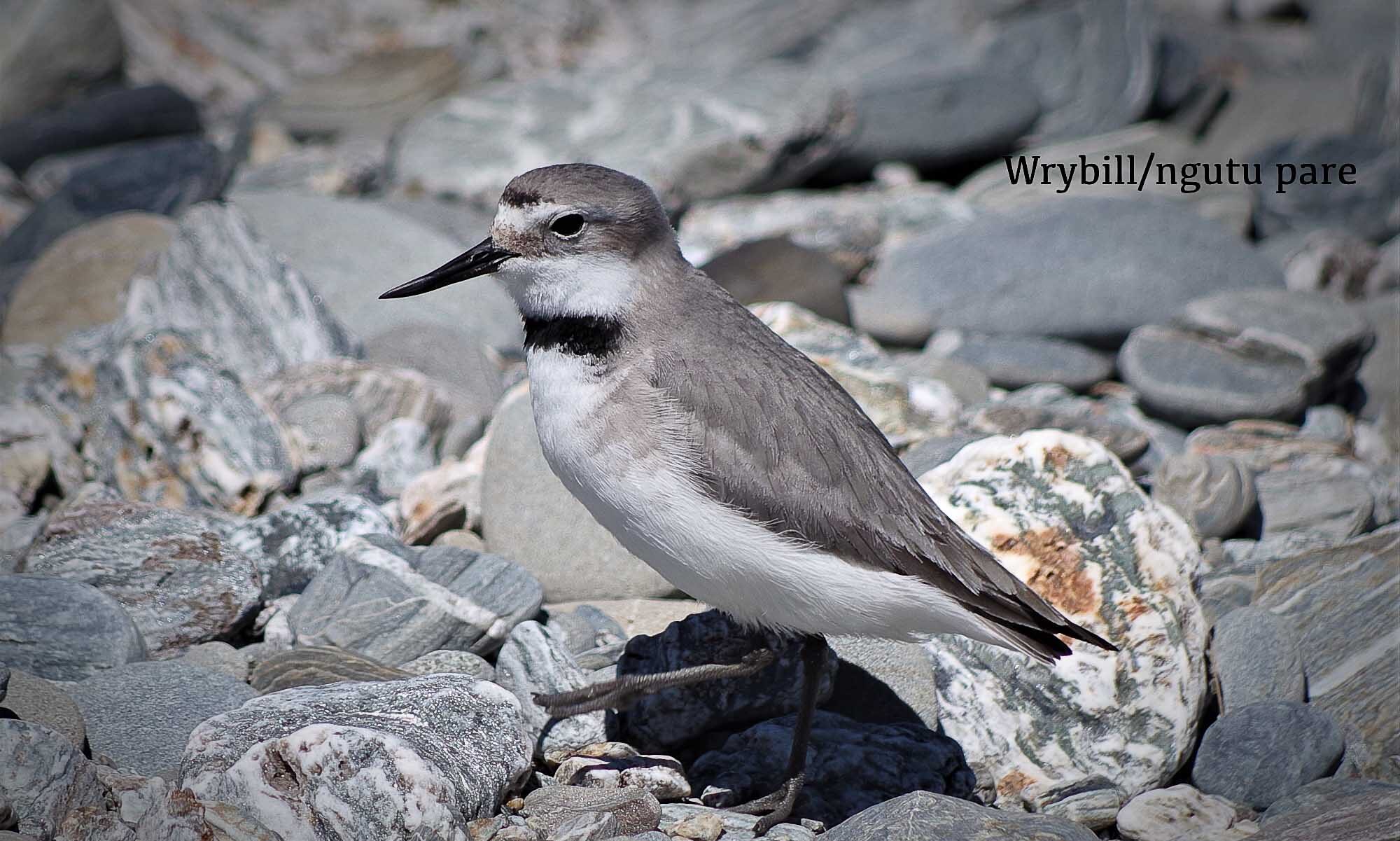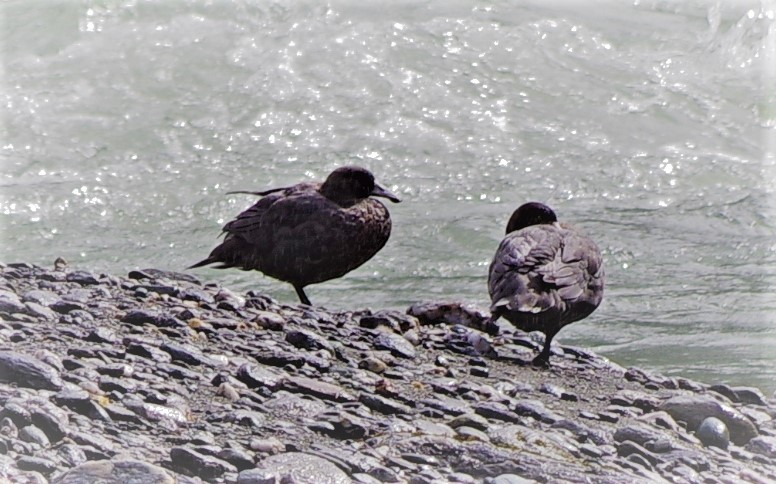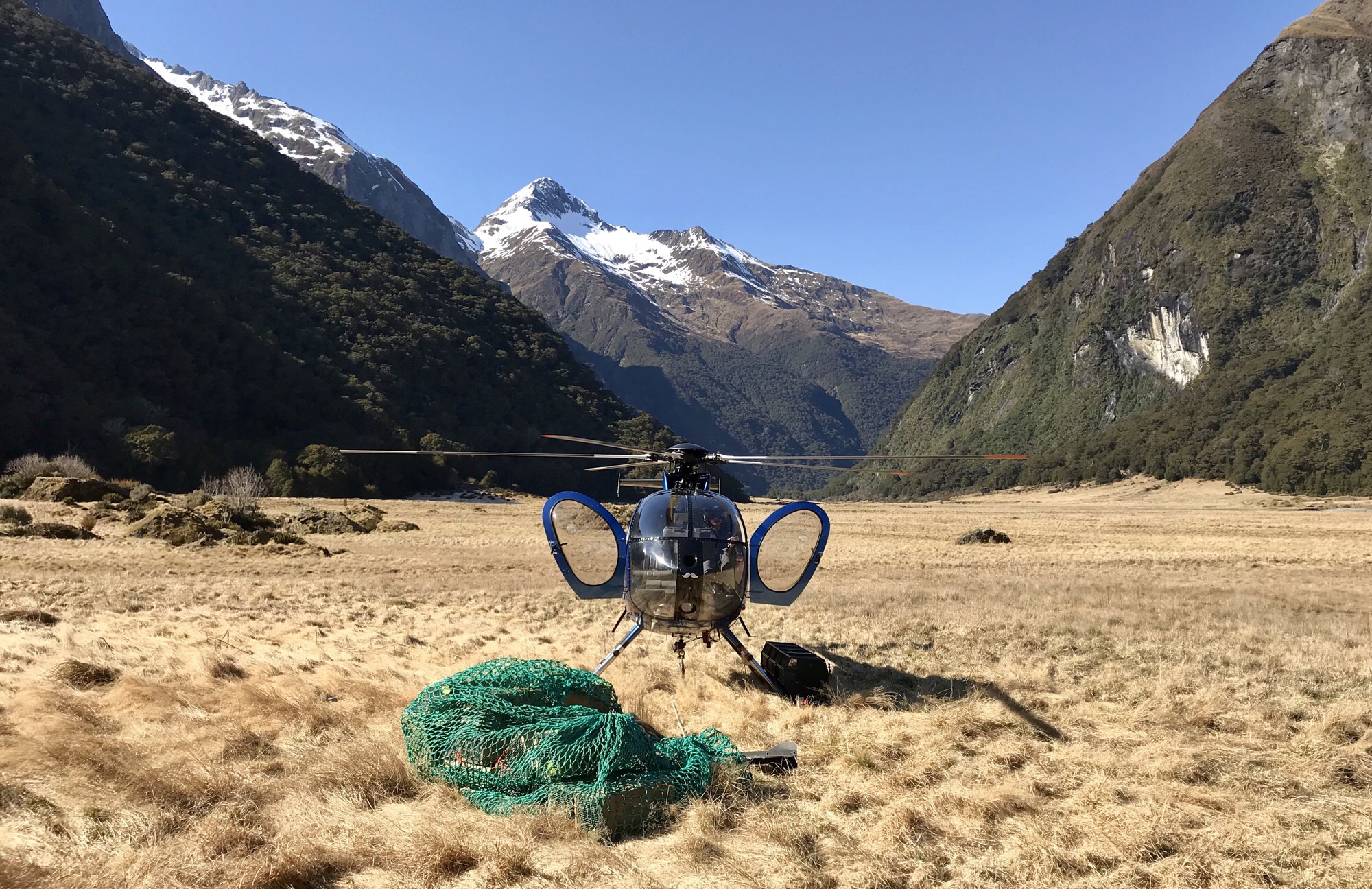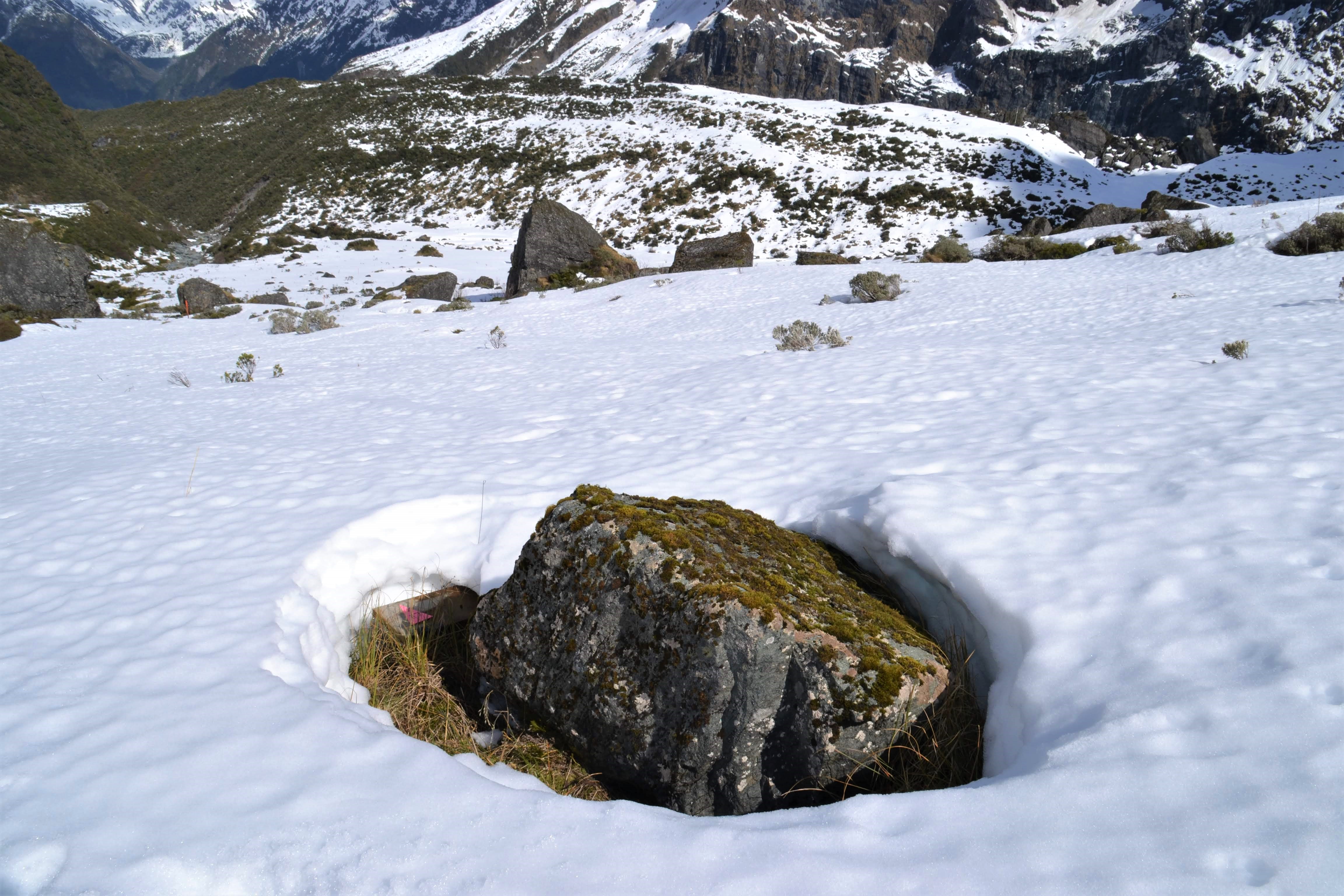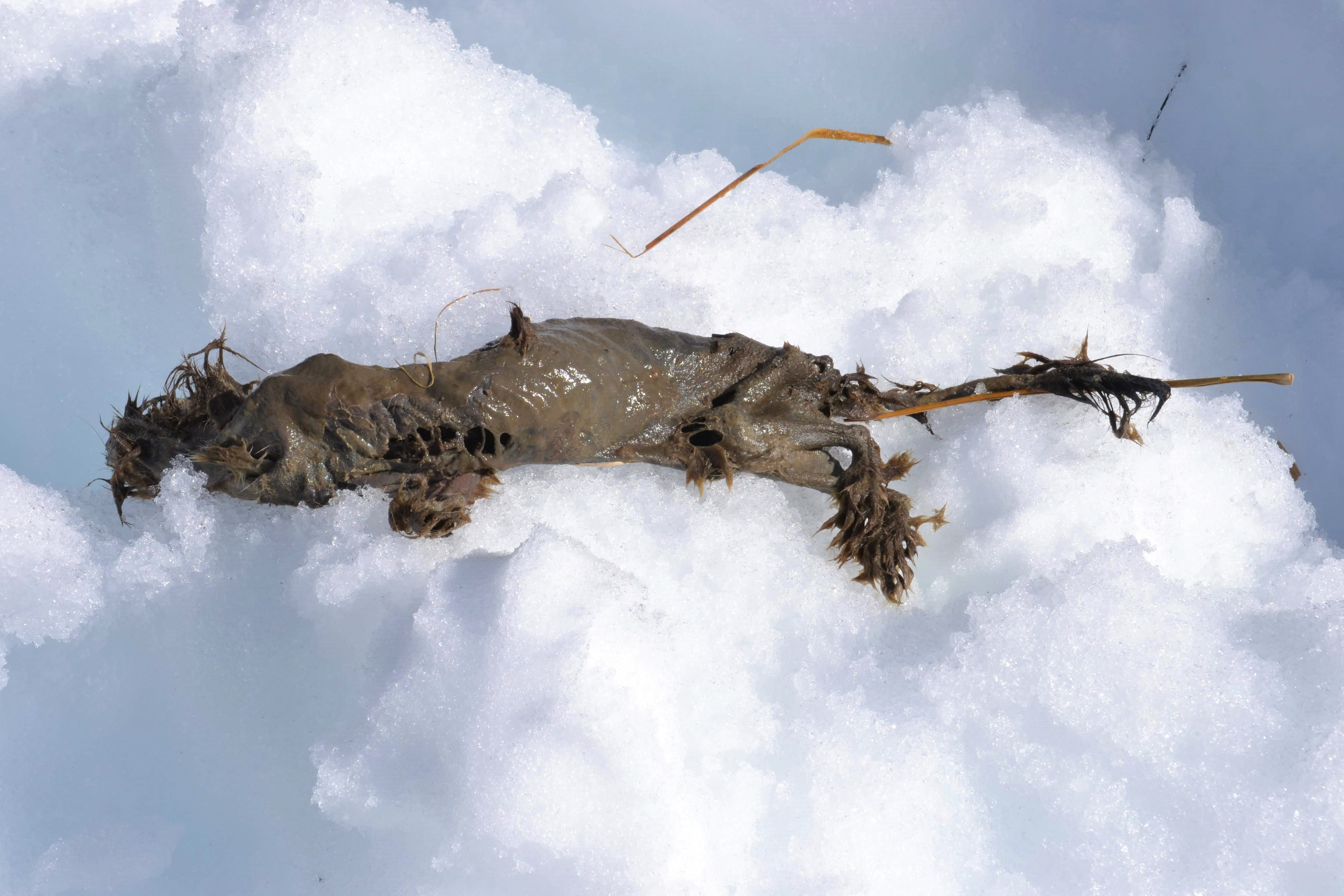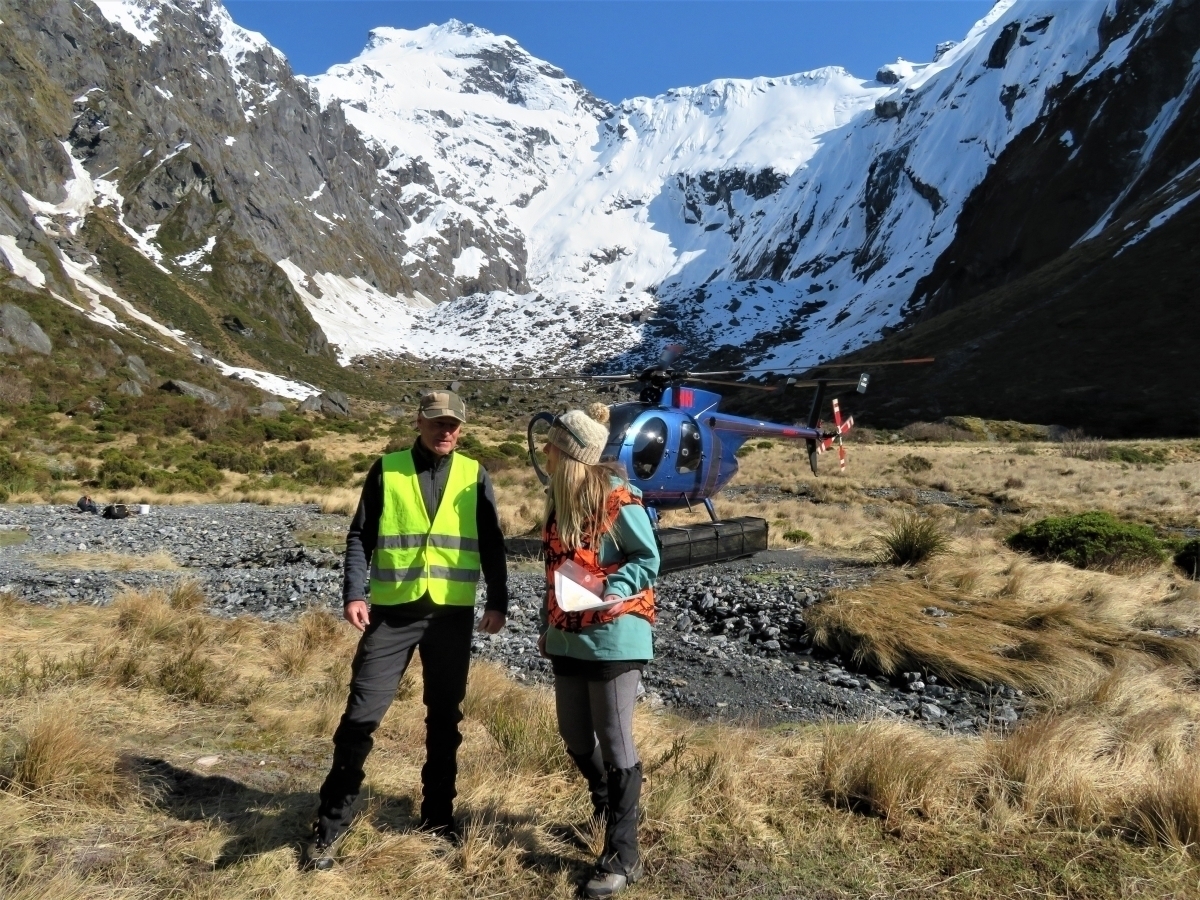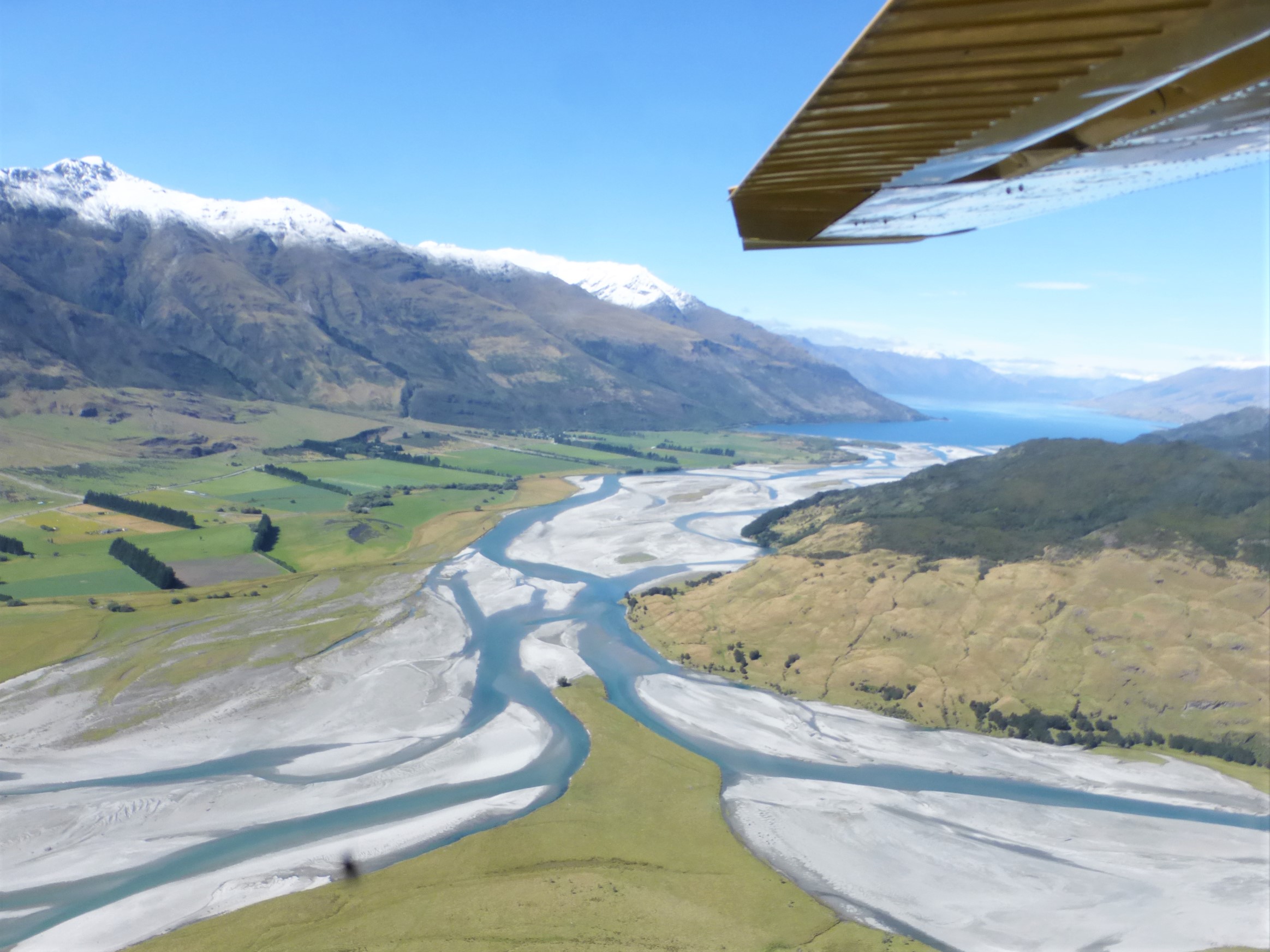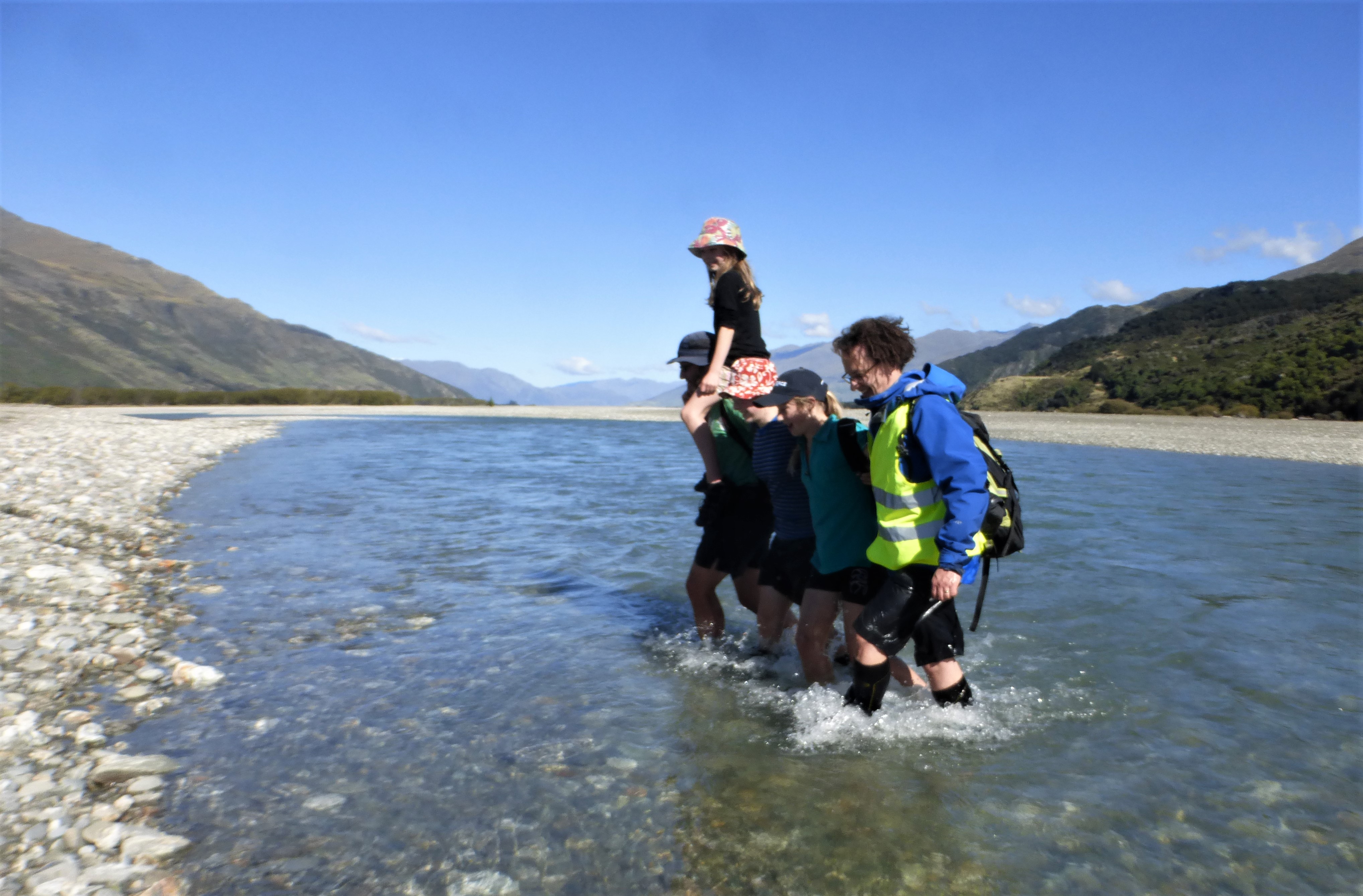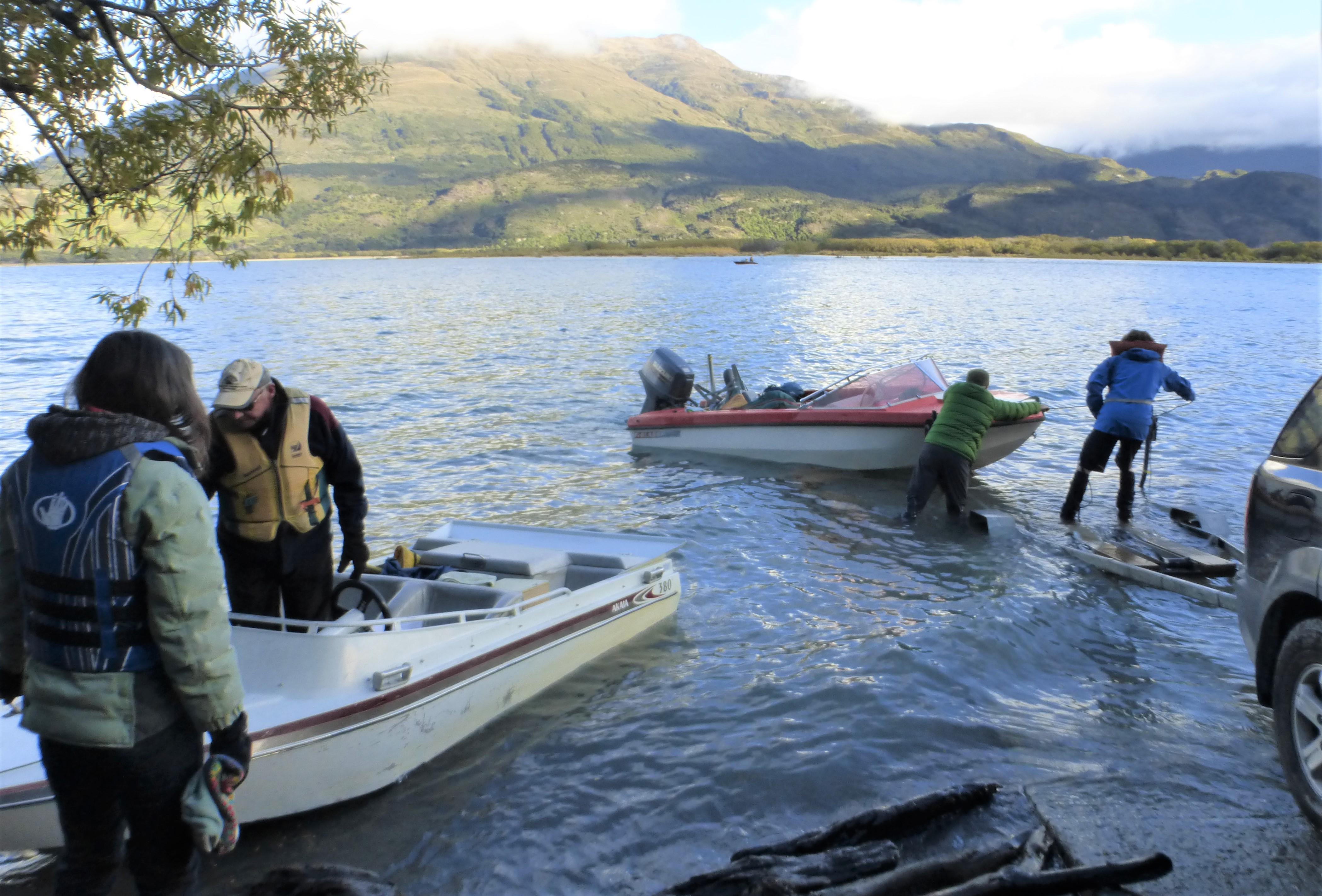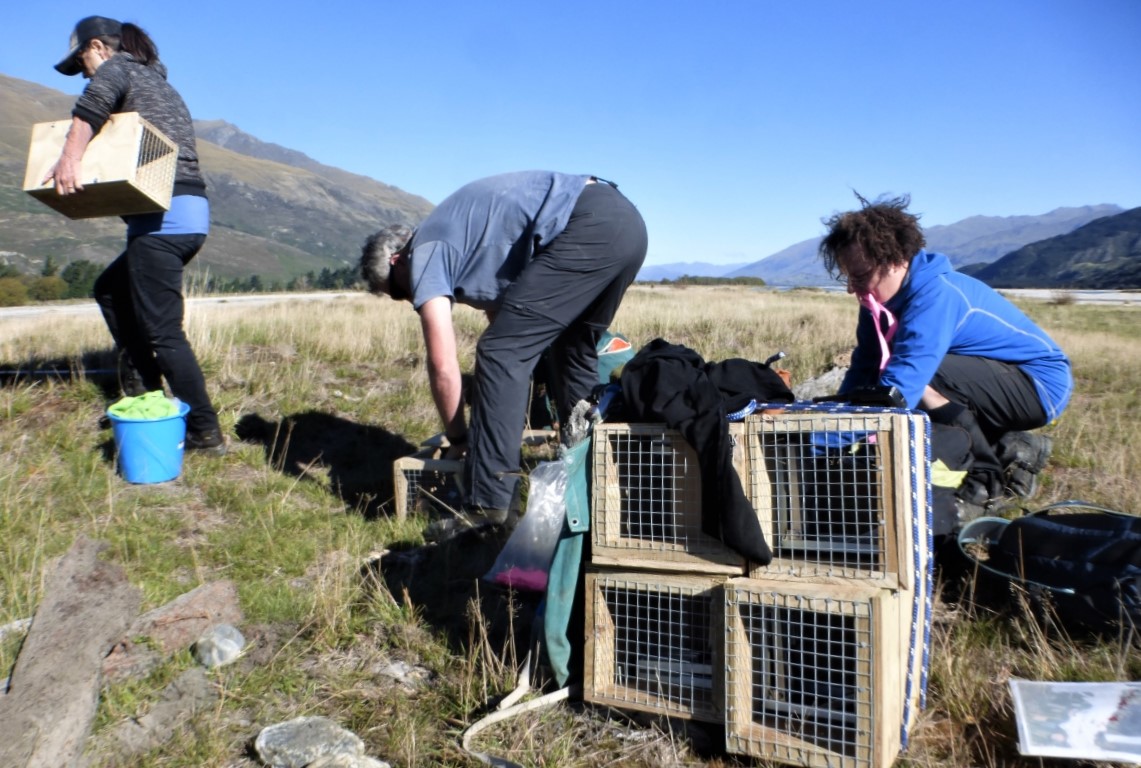The fourth annual braided river bird walkover survey was a touch more challanging this year due to unsettled weather conditions with strong winds, sandstorms, downpoors and subsequent rising river and lake levels. This highlights the necessary considerations involved such as timing and weather monitoring before undertaking this important work.

The Aspiring Biodiversity Trust team were determined to complete the length of the river walkover from Boiler Flat down to the river delta and with the additional help of a new volunteer Karthic (to the left below), a wildlife and conservation film maker with Natural History New Zealand (NHNZ) from Dunedin. Karthic found the experience “quite an eye opener” and savoured the remoteness of the location throughout his stay. He hopes to return when conditions are more suitable for wildlife filming!
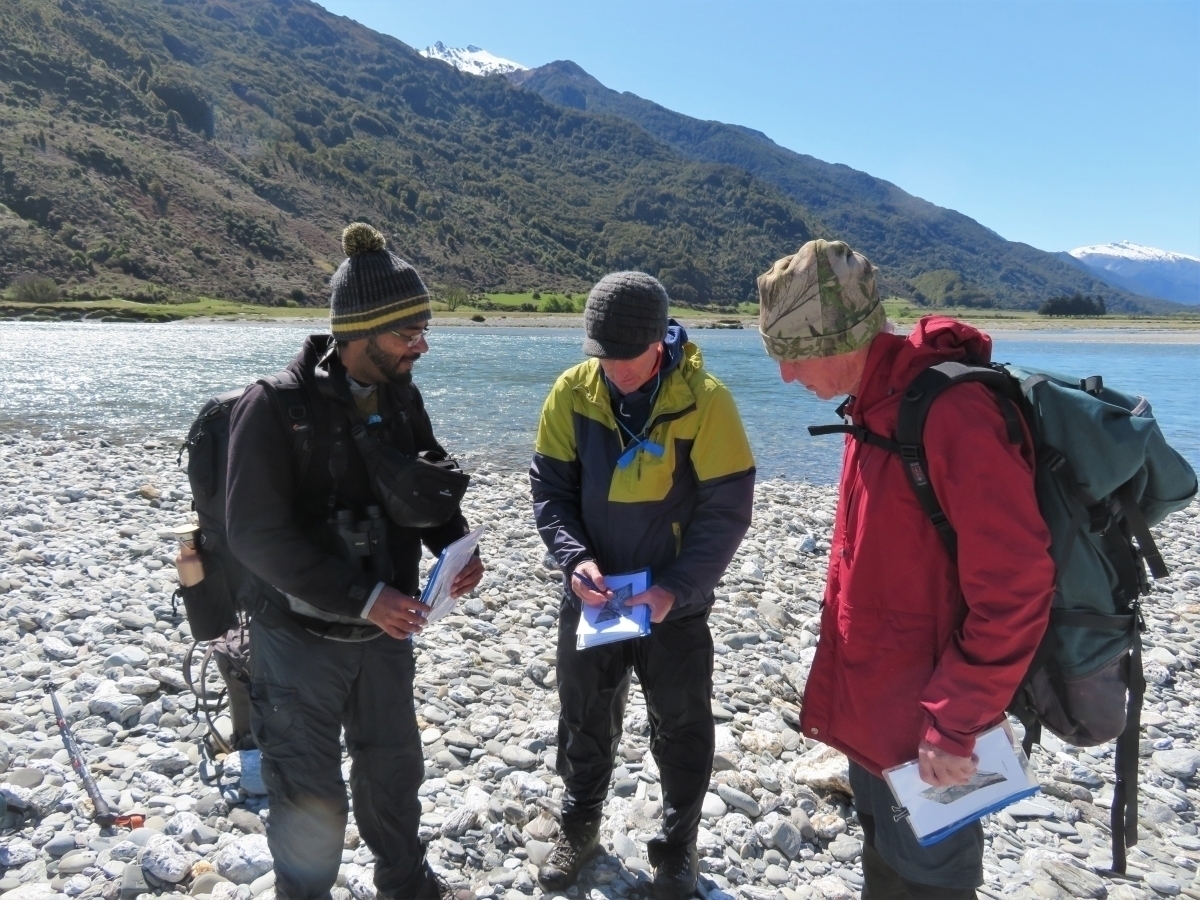
The ABT bird surveyors in action (above) planning survey route sections and safe river crossings. All key braided river bird bird species were present however in generally lower numbers with more dispersed distribution in comparison to previous years. Total counts will be analysed and compared with national trends for key braided river bird species. This was the first wrybill pair of the year recorded foraging along the waters edge.
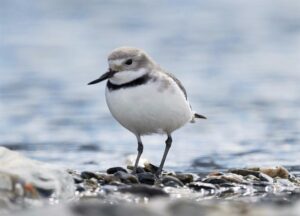
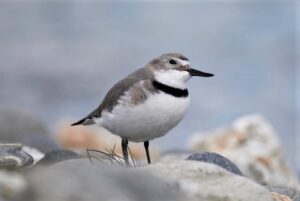
The male and the female are very similar, with subtle differences in colouration and markings. Nick Beckwith a regular ABT volunteer captured this pair nicely on the first survey day.
A nest site was later found (below) the pale grey eggs and nest site highlight the incredible cryptic adaptations of these species enabling them to breed in such a harsh environment with considerable threats.
The female had briefly left this nest site (below) to forage on aquatic invertebrates along the nearby waters edge which enabled this image.
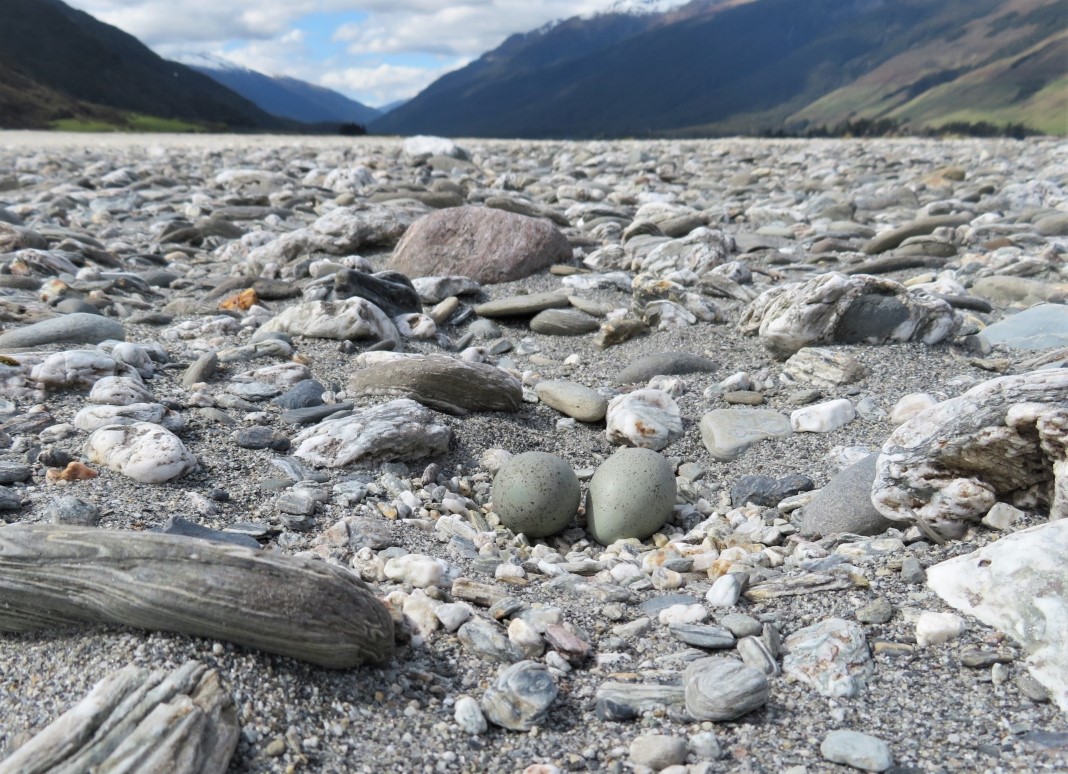
Thanks to Wilkin River Jets who facilitated the lower Makarora River section of the survey and the upper Wilkin River section. Image below shows the view up the Wilkin Valley from the jet boat, with snow capped Mt Aeolus in the background. There was certainly a crisp chill in the wind that day despite the blue, blue sky.

The team were fortunate to be able to stay at Makarora during the surveys especially during the busy production of a new top secret film (due out in March 2021).
As the day came to an end for the wonder that is Makarora, the stars appeared and the familar call of a pair of morepork/ ruru could be heard from the forest alongside the soothing flow of the river. Morepork presence is a positive indication of ecosystem health and this species appearers to be increasing in the valley.
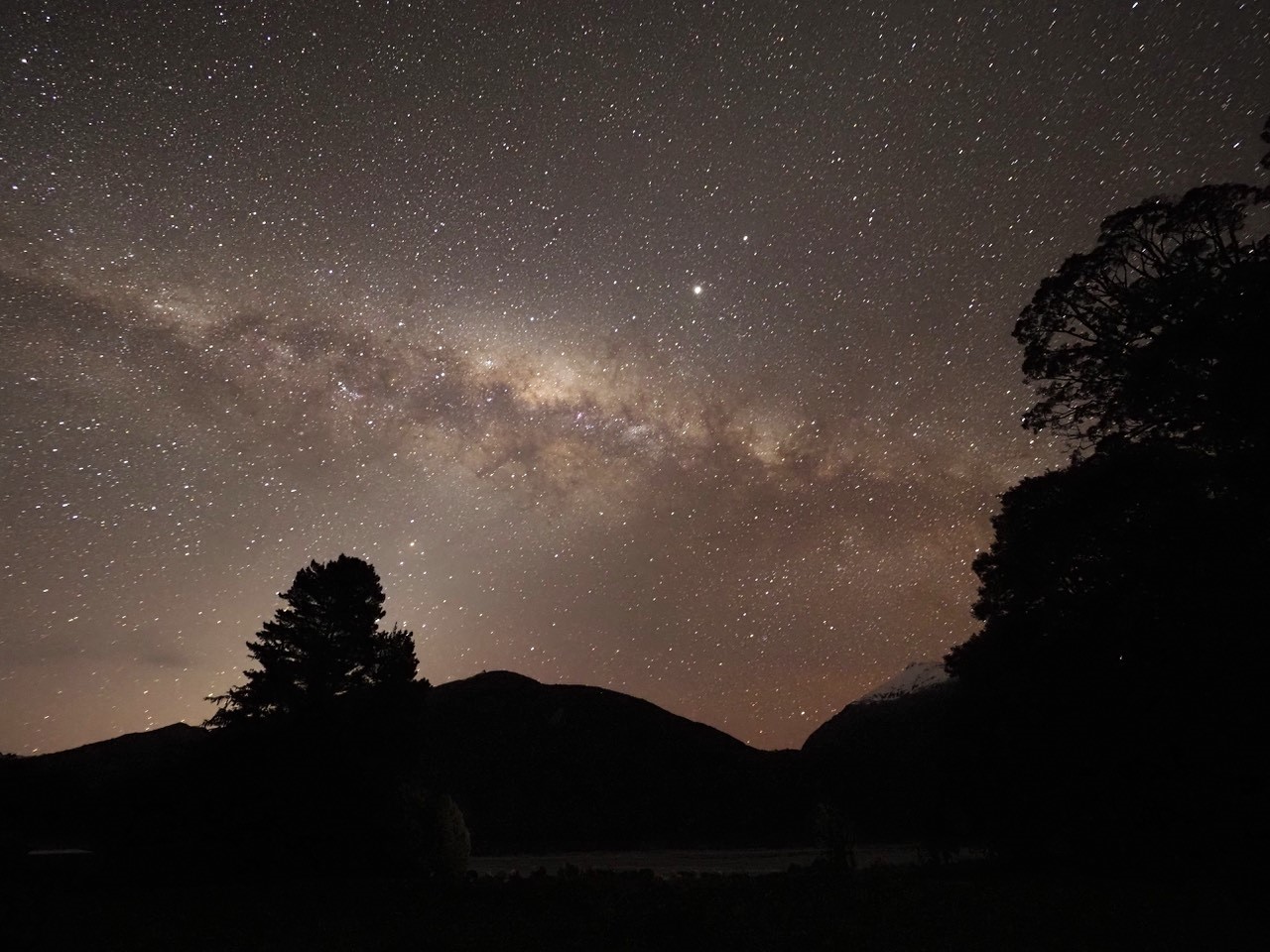
*Thanks to all involved and those who helped enable this work. Including Sarah Forder, Nick Beckwith, Karthic SS, Danyel and Alex at Wilkin River Jets, Mt Albert Station and Dan and Carol Orbell.
Funding support provided by (LINZ) Land Information New Zealand.
